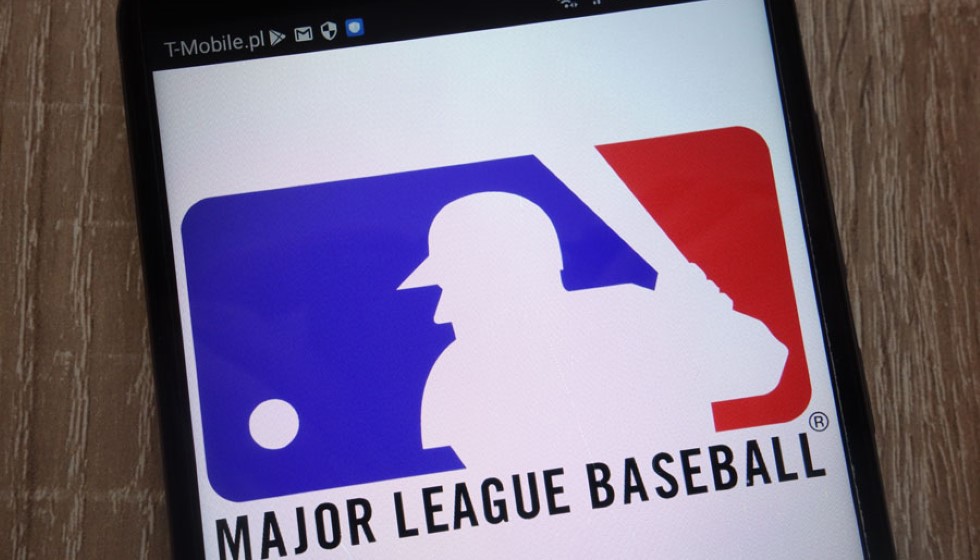
MLB Explores Alternatives to Revitalize the Role of Starting Pitchers
As Major League Baseball navigates the evolving landscape of the sport, Commissioner Rob Manfred has expressed concerns about the decline in innings pitched by starting pitchers. This trend, according to Manfred, calls for innovative approaches rather than straightforward mandates. From 1984 to 2024, the average innings pitched per start have decreased from 6.3 to 5.2, highlighting a shift that has both strategic and operational implications for teams and players alike.
The importance of starting pitchers goes beyond their ability to control the game on the mound. Their presence is crucial in the narratives woven through broadcasts and in the team's overall identity. However, the increasing reliance on bullpens has not only shortened starters' outings but also spotlighted a health crisis linked to pitchers focusing intensely on velocity and spin rate. This obsession with speed and movement has been identified by league physicians as a "specific cause" of the rise in pitcher injuries—a problem Commissioner Manfred finds "pretty serious."
"I do see both problems as pretty serious. I think the injury issue, our physicians have studied this carefully and they continue to believe that the focus on velocity and spin rate is a specific cause of the increase of injuries," Commissioner Manfred noted.
Given these issues, Manfred has voiced his skepticism about imposing minimum inning requirements, viewing such a solution as "just too blunt an instrument" to address the underlying challenges. Instead, he advocates for a series of rules aimed at incentivizing clubs to develop pitchers capable of longer performances. "I think it has to be a series of rules that create incentive for the clubs to develop pitchers of a certain type," Manfred asserted.
Exploring New Incentives
One potential strategy being explored involves revisiting transaction rules—adjustments that could encourage teams to nurture their pitchers for lengthier outings. For instance, transaction behaviors that allow teams to constantly rotate pitchers in and out of the roster to give them rest could be modified. As it stands, according to Manfred, "One of the things that happens today, guy pitches three days in a row, he gets outrighted, they bring somebody else in to give him some rest, as opposed to him staying on the roster the whole time."
Beyond transaction rules, other proposals include concepts like the "Double Hook," which ties a team's designated hitter role to the presence of their starting pitcher. This innovative idea seeks to maintain the starter's presence in the game, thereby extending their impact on both the gameplay and its strategic elements.
Future Considerations
With the MLB's Collective Bargaining Agreement with the MLB Players Association set to expire in 2026, any potential changes related to these issues will likely become focal points in upcoming negotiations. The conversation around starting pitchers' roles in MLB encompasses a wide array of considerations, from improving player health to safeguarding pitchers' marketing power and balancing game strategies.
As MLB looks to the future, balancing the commercial aspirations of the sport with the physical well-being of its players remains a delicate endeavor. By potentially altering roster and transaction rules, and encouraging sustainable pitcher development policies, Commissioner Rob Manfred and league officials aim to not only preserve but enhance the traditional role of the starting pitcher in baseball's storied framework.
Only time will tell how these changes will reshape the dynamics on the field, as teams and players adapt to a sport in constant evolution. The hope is to ensure that baseball's rich history is honored while embracing modern advancements that benefit both players and fans.